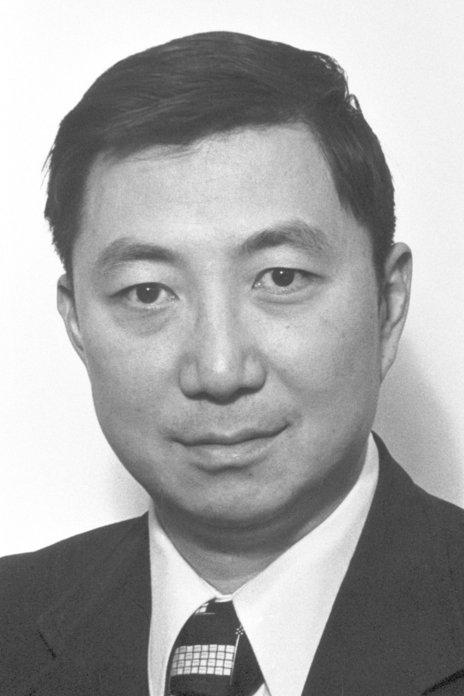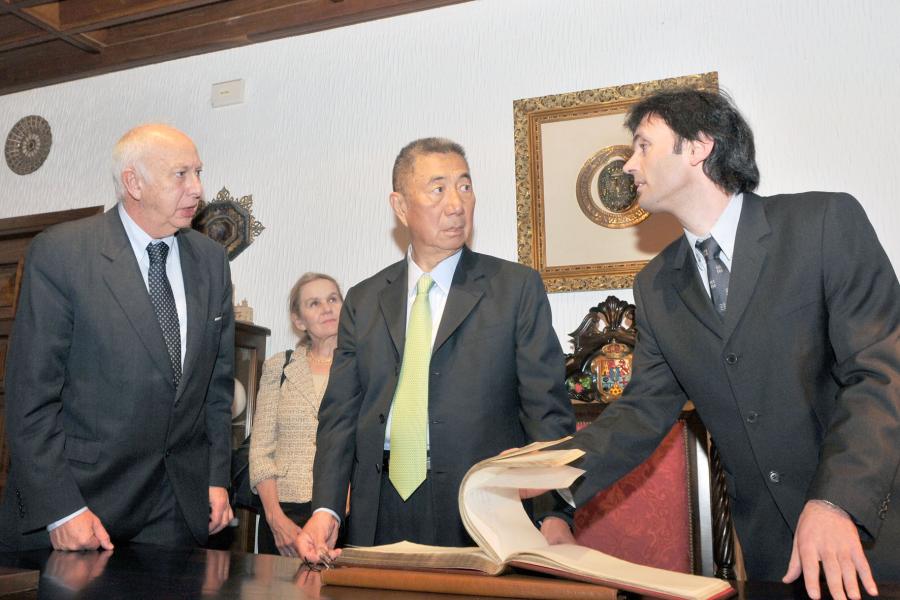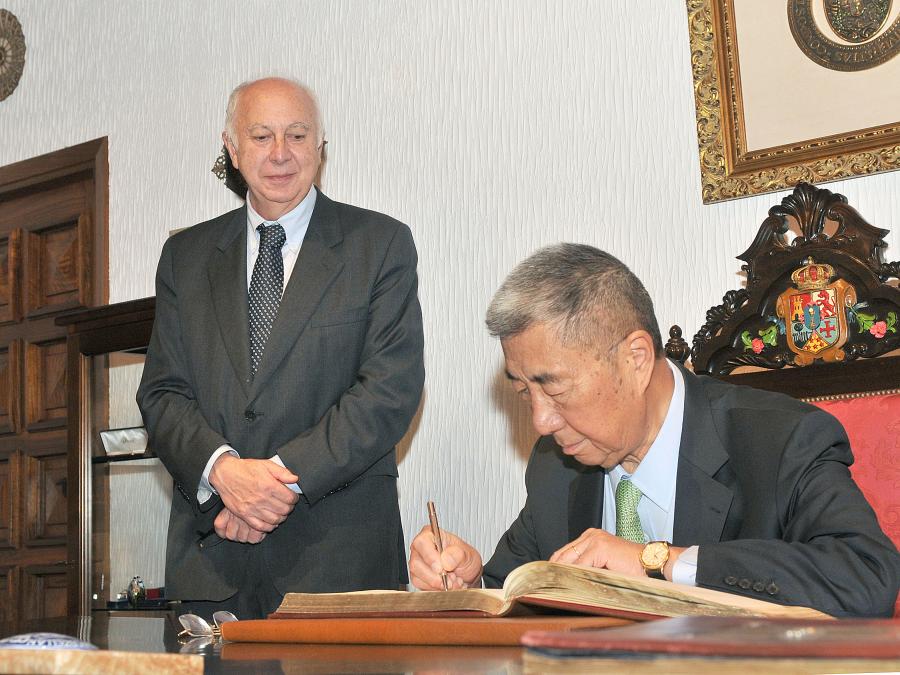
Nobel Prize "for his pioneering work in the discovery of a heavy elementary particle of a new kind".
He discovered in 1974 of the J/psi particle, the first bound state formed by heavy quark-antiquark pairs, which revolutionized particle physics, because of the unexpectedly long lifetime of those states. Few examples exist of such fast recognition of the Nobel Prize, awarded only two years after realization of the experiment. The explanation as established today relies on asymptotic freedom, the property of quarks of interacting very weakly at very short distances.
Samuel Ting has been a pioneer of the large particle physics experiments as we know them today. He conducted the MARK J experiment at the PETRA accelerator in Hamburg, where the gluon was discovered as a real particle and the first data were obtained for the existence of the Z boson, via its interference with the photon. Right afterwords he led one of the 4 experiments at the LEP accelerator at CERN (L3), with a significant spanish participation, where the existence of only 3 generations of light neutrinos was demonstrated, and bounds were set for the exclusion of the Higgs boson, which essentially remain valid today, at the start up of the LHC.
Since the beginning of the 90’s he has led the AMS space experiment, devoted to the search of antimatter in the outer space. The second phase of this experiment includes the launch to the International Space Station, from Kennedy Space Centre with the Endeavour space shuttle, next February. This will be the last mission of the Space Shuttle program, started in 1981 with the launch of the Columbia.
Prof. Ting has always defended radical search for new advancement in physics, as well as the intrinsic simplicity of great discoveries, associated with experimental excellence.





